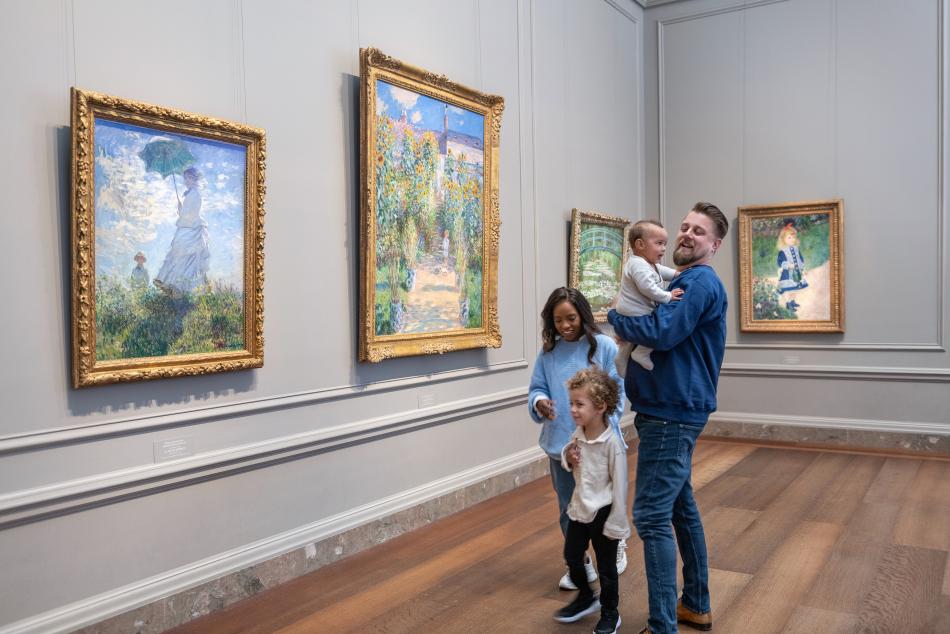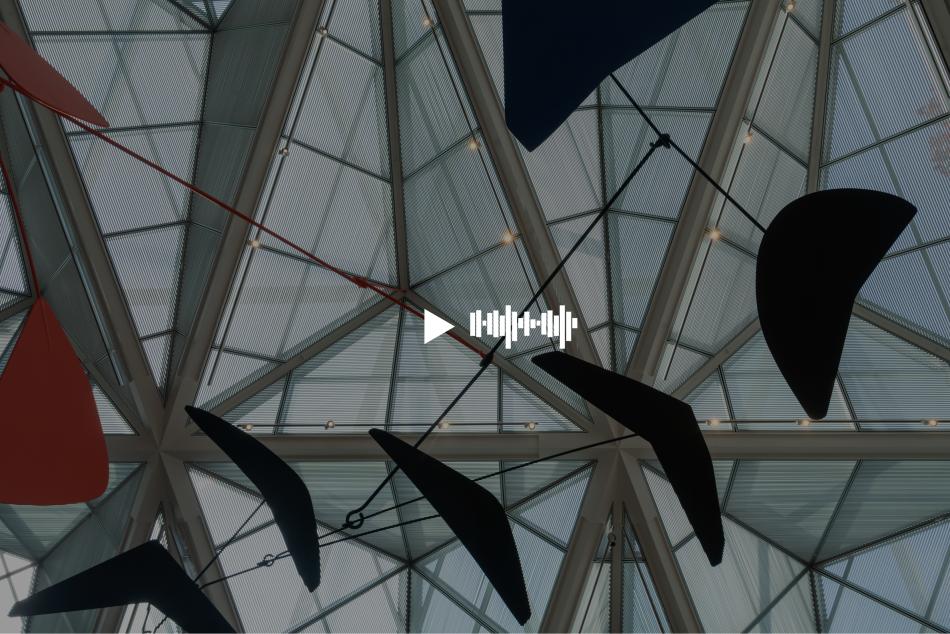Open Window, Collioure, Henri Matisse
East Building Mezzanine, Gallery 217-B
アンリ・マティスの 《コリウールの開かれた窓》 は、現代の私たちの目には穏やかで叙情的に移るかもしれません。しかし、作品の発表当時、その太い筆致や鮮烈な色使いは暴力的ととらえられました。小さいながら激しさを感じさせる、初期のモダニズムを象徴するこの作品は、フォービズムの最も重要な作品の一つとして知られています。フォービズムのアーティストたちは、自然の姿の忠実な再現から離れて、自由な色使いや質感を追求しました。《コリウールの開かれた窓》 は、マティス作品における新たな作風の契機となった作品でした。




